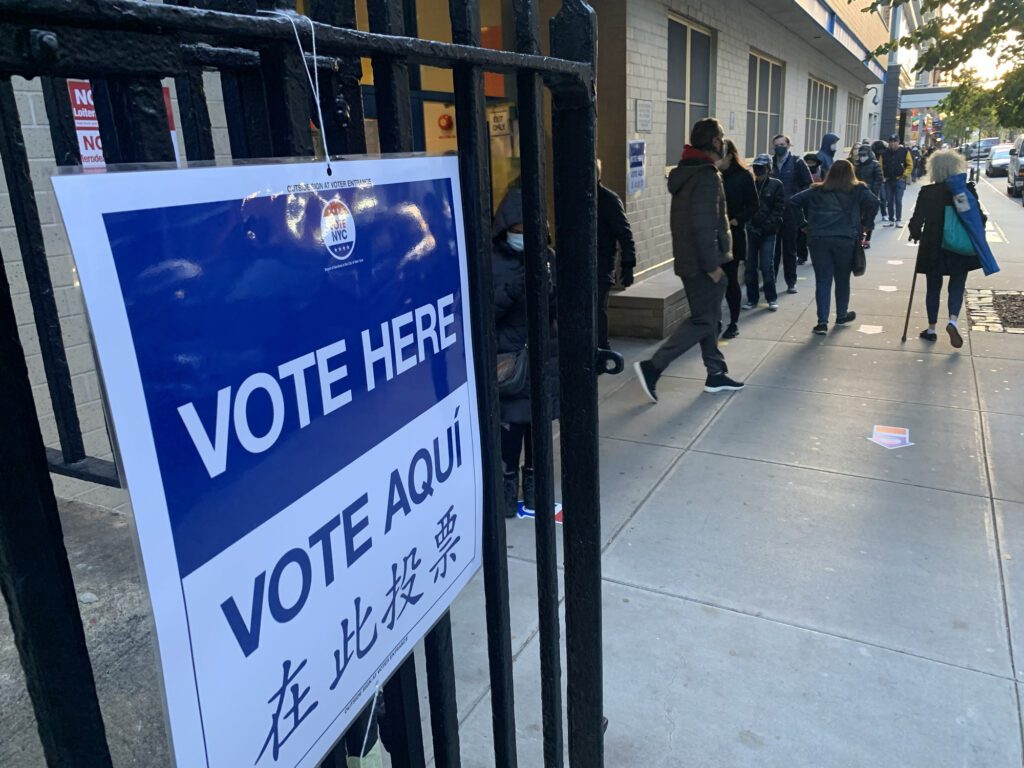How Education Can Trump Creativity When It Comes to Digital Ad Buying This Cycle

There’s no question that digital media buyers will be getting creative this cycle. With more money going into programmatic — and more of those dollars chasing the same CTV inventory — spreading out a buy across multiple DSPs is likely going to be the norm for even smaller campaigns and groups (it had been the norm for big organizations and well-funded camps for a few cycles now).
When splitting a buy across, say, three different DSPs, buyers will typically normalize for engagement and normalize for cost, according to Matthew Hedberg, a VP of political at Semcasting, an analytics and data provider.
“But if a lot of that spend ends up being duplicative, then the normal frequency charting to reach voters with a message kind of goes out of the window without a media buyer even actually knowing at that point.
“Is that three DSP program really getting you unique user reach or is it largely just chewing up impressions at that time? Where is the money actually most effective?”
He said education was the key to mitigate duplication especially as organizations are scaling up to meet the needs of a later-cycle deluge of media buying.
“Everyone, political or non, has issues with hiring,” he said. “If you have to bring on folks right out of school, or bring on folks with limited experience especially, say, in a political buying environment, there needs to be internal education on issues like this specifically within agencies and organizations.”
He said a solution to mitigate the overlap/waste problem might be to split out audiences or components of a buy across multiple DSPs. “It’s the same voter match at the end of the day,” he said.
It’s also possible to work with a single DSP, but Hedberg pointed to how Adobe pulled out of the political market back in August 2020 as a reason to consider not doing that. Now, to build up a group or campaign’s internal team, he suggested reaching out to the DSPs themselves to help with training.
“The DSPs are a fantastic resource — especially those that have political standing and well trained folks. Xandr obviously comes to mind,” he said. “They can offer expertise or changes in reporting, or helping set up trigger points for when a larger conversation should be discussed.
“If all of a sudden CPMs are going up [and] frequency is going down, that’s a conversation to have with the DSP on what can be done — especially for those folks who are potentially working with a single DSP.”
